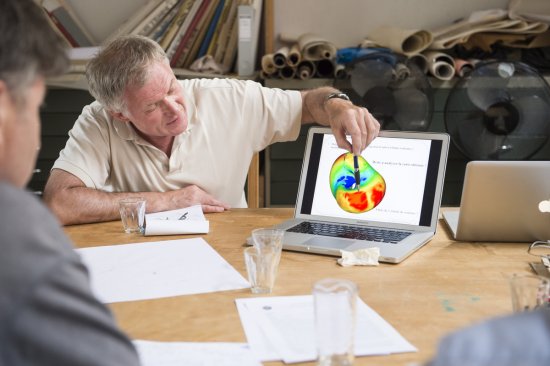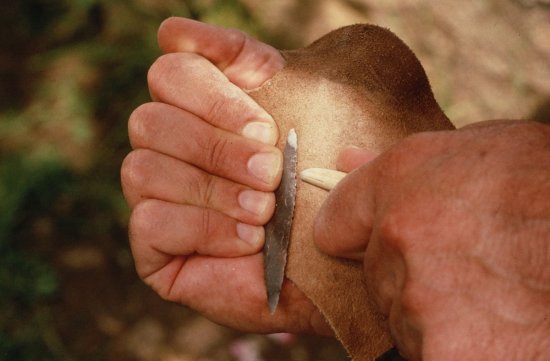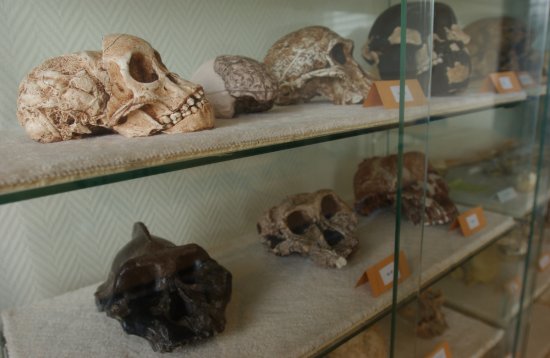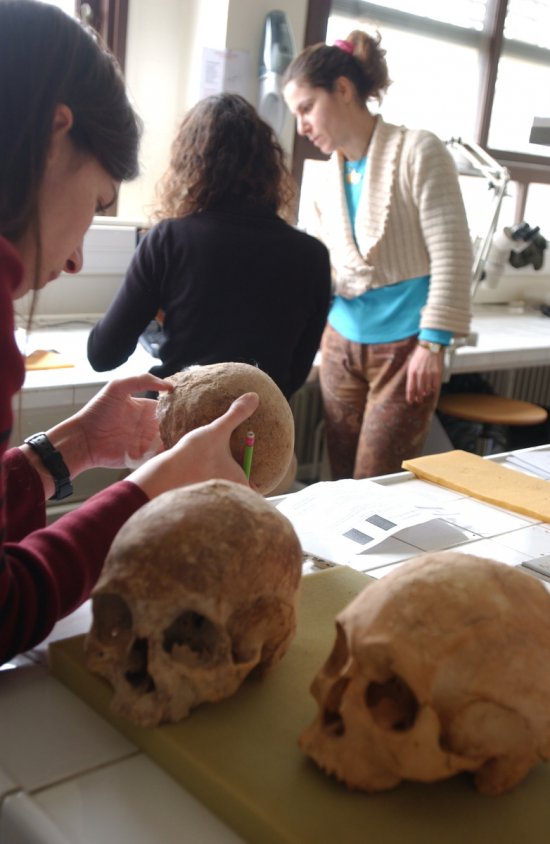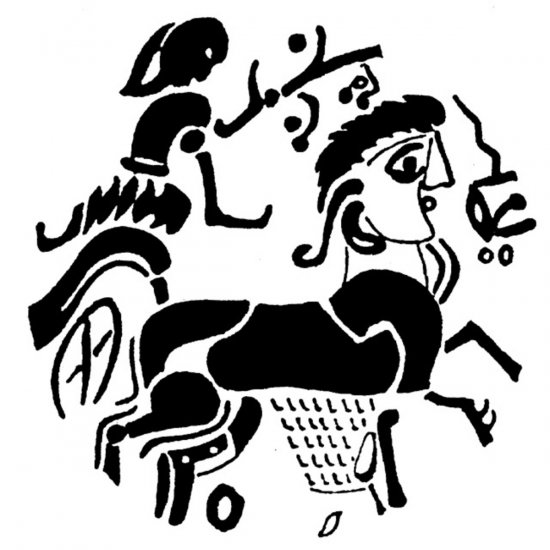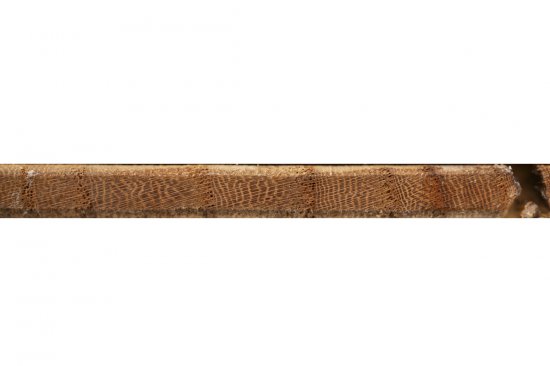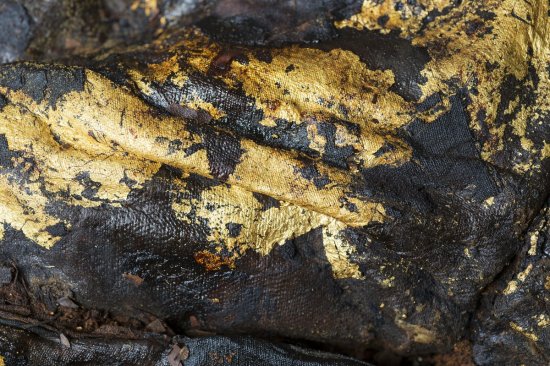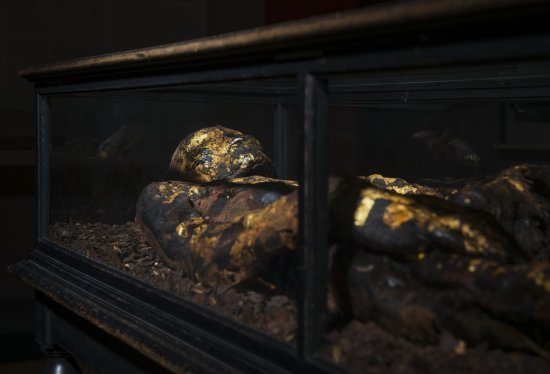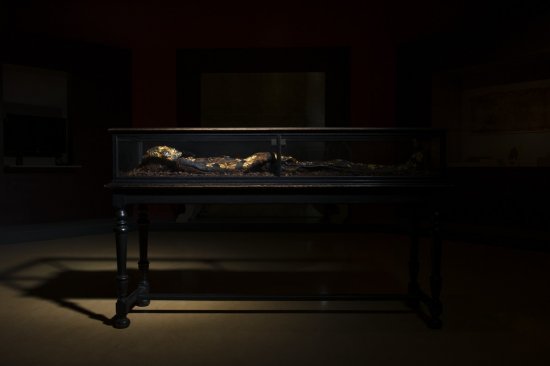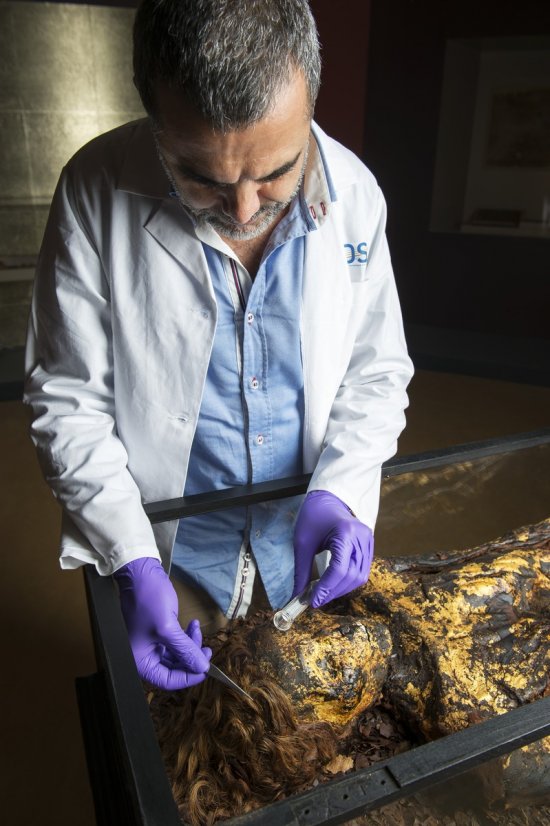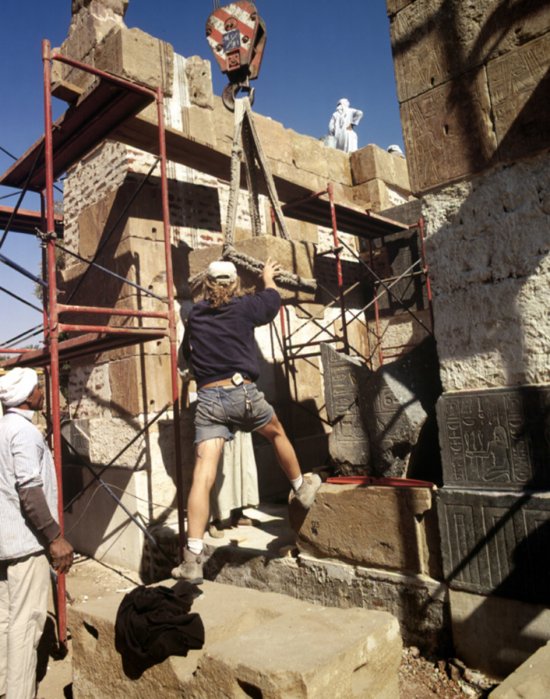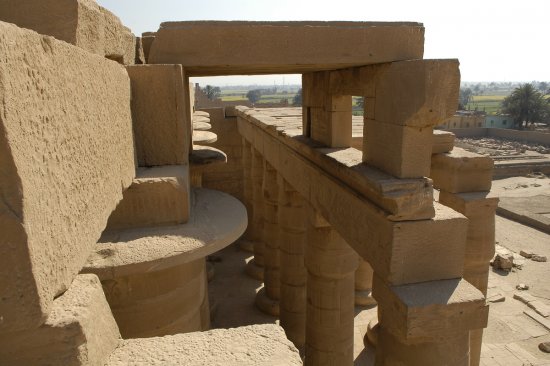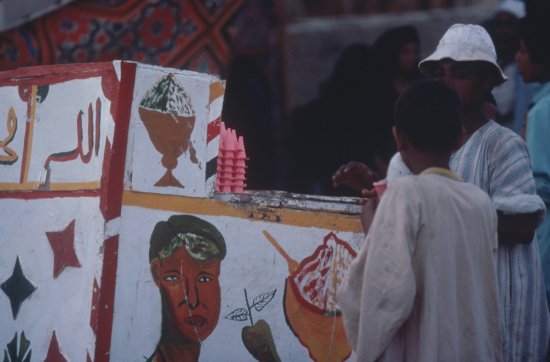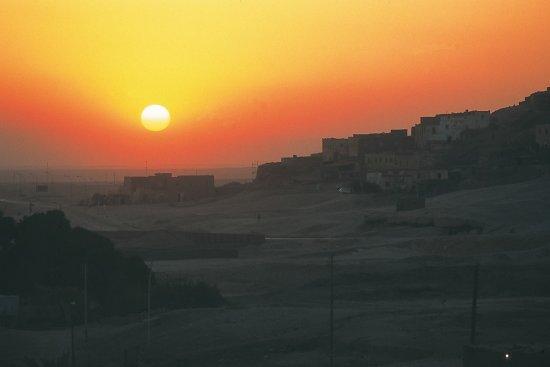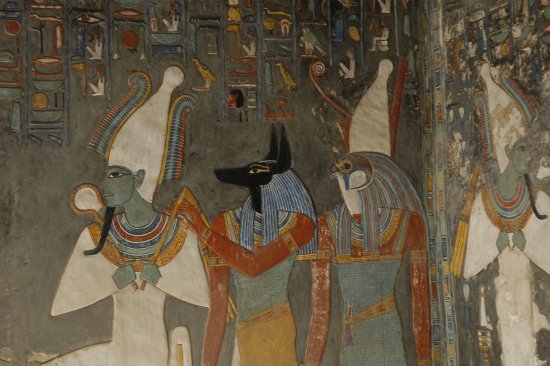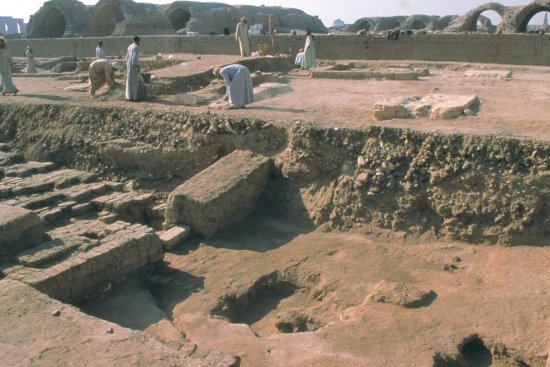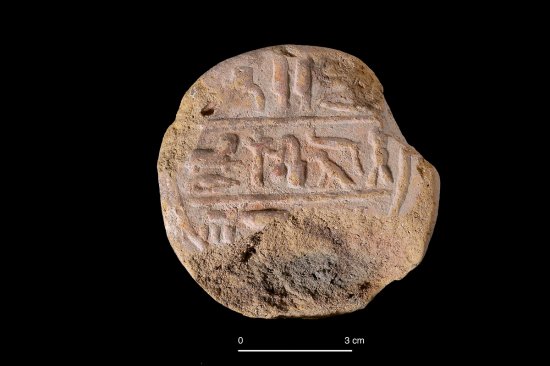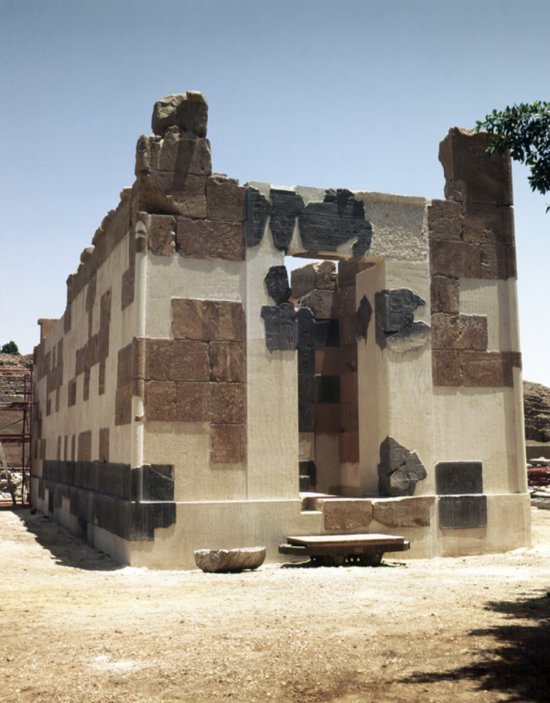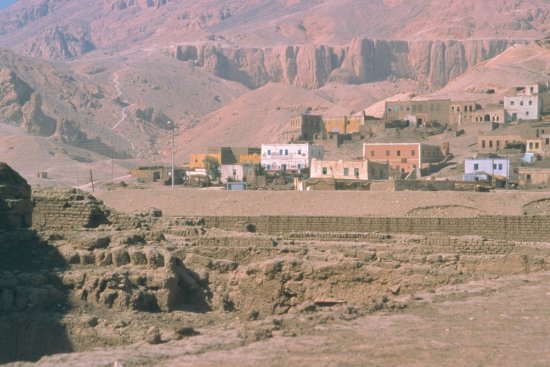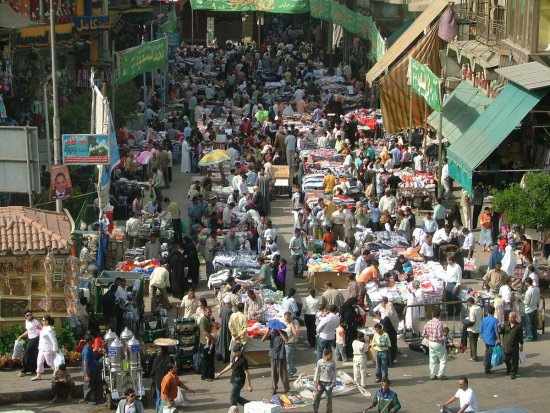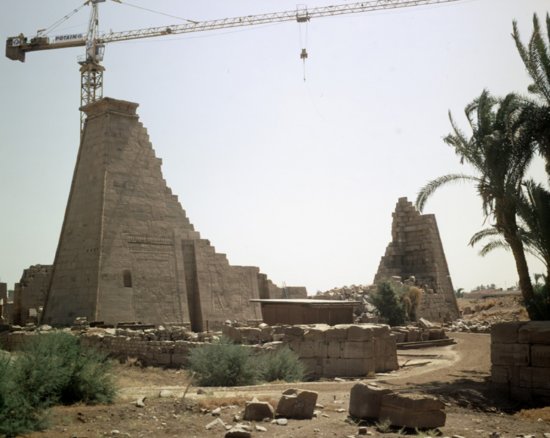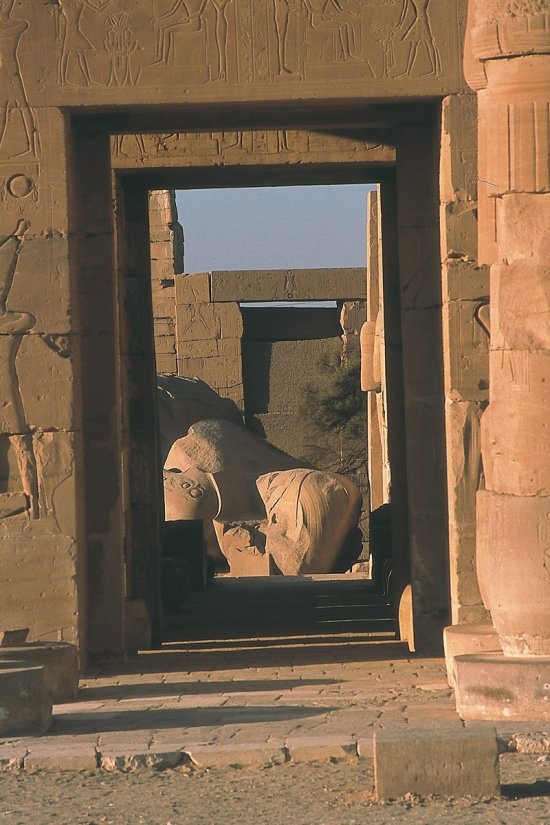© CNRS / CEAlex - 2012
Reference
4139
Photographing the invisible
Man has always been intrigued by what he cannot see. This search for the invisible is also of interest to archaeologists. Photographs of objects, of tombs, of sarcophagi, of mummies all leave us imagining what visual elements have disappeared. Nowadays, certain photographic and image processing techniques can make visible that which had disappeared centuries ago. Using black light and then intricate exploitation of digital photography, the walls of the catacombs of Kom el-Shougafa in Alexandria, the mummies of the Taklamakan Desert in China, and an Etruscan sarcophagus all reveal a pictorial complexity that is barely perceptible to the naked eye. André Pelle, a researcher engineer with the French National Scientific Research Centre, recounts this adventure and leads us into the invisible, between archaeology, physics and art.
Duration
Production year
Définition
Color
Sound
Version(s)
The use of media visible on the CNRS Images Platform can be granted on request. Any reproduction or representation is forbidden without prior authorization from CNRS Images (except for resources under Creative Commons license).
No modification of an image may be made without the prior consent of CNRS Images.
No use of an image for advertising purposes or distribution to a third party may be made without the prior agreement of CNRS Images.
For more information, please consult our general conditions

